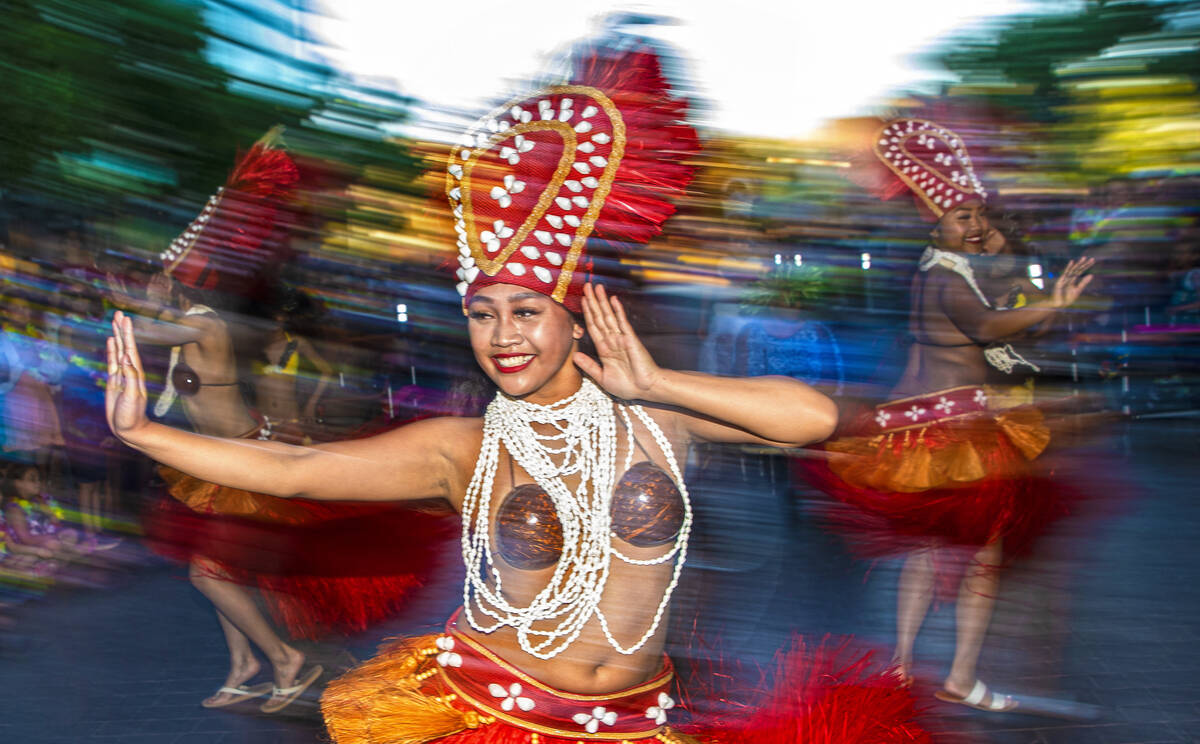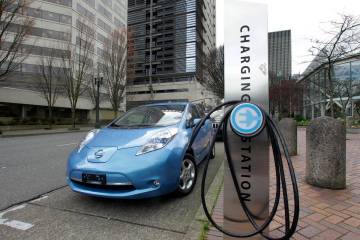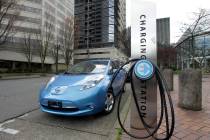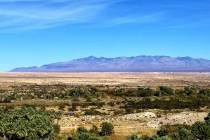RUBEN NAVARRETTE JR.: Asian Americans have earned America’s respect. So where is it?
In America, confronting racial hatred isn’t as simple as Black and white.
Move over, bald eagle. The real symbol of America is a rainbow. There are groups that don’t fit into the narrow confines of a Black-and-white paradigm, yet they still have to endure bigotry and violence. They deserve a hearing.
This year, let’s celebrate Asian American and Pacific Islander Heritage Month by paying our respects to the nation’s fastest-growing racial and ethnic group.
If you thought Latinos held that title, you’re mistaken. According to the 2020 census, Asians and Pacific Islanders now account for 6.1 percent of the U.S. population. That’s a 35.5 percent jump from 2010.
The number of Latinos — a group that accounts for 18.7 percent of the U.S. population — grew by 23 percent since 2010.
While parts of the country might miss the “Asian story” altogether, that’s not possible in California. In the nation’s most populous state, Asians and Pacific Islanders account for 20 percent of the population.
African Americans make up just 6.5 percent of those in the state. Yet, in California — as in the United States at large — they usually headline any discussion about race.
Asian Americans get overlooked. In this country, when it comes to pursuing social justice, people have to speak up and fight to be heard. Asians don’t do that easily.
In March, I wrote a column marking the 80th anniversary of the start of the internment of Japanese Americans during World War II and calling upon California to pay reparations. I noted that my home state, in a villainous fashion, profited from that abomination by stealing the land of Japanese American farmers while they were unjustly incarcerated behind barbed wire.
In response, a Japanese American friend from high school who I’ve known for almost 40 years thanked me for the column but waved off any talk of reparations.
I respect that. But take it from someone who has covered politics for more than 30 years: This is no way to get noticed in America — or get justice from Americans.
Meanwhile, in 2022, the Asian American experience in the United States remains a series of paradoxes.
On the one hand, Asian Americans have been a productive, entrepreneurial and hardworking part of this country for more than 200 years. On the other, some Americans still treat them as if they all arrived last month.
On the one hand, Asian Americans are nearly invisible to much of the country because they keep such a low profile. On the other, the racists seem to constantly obsess over Asians — who they blame for the coronavirus and a variety of social ills.
Around the time that 18-year-old Payton Gendron was arrested at a Tops Friendly Market in Buffalo, N.Y., in the slayings of 10 people and the wounding of three others — almost all of whom were Black — Asian Americans were victims of two separate mass shootings.
In Dallas, police are investigating as possible hate crimes a series of shootings that appear to target the local Korean community. Just a few days before the massacre in Buffalo, a gunman walked into the Hair World Salon and opened fire. Three Korean women were injured.
In Laguna Woods, California, in what authorities are calling a “hate crime” driven by global politics, a Chinese man opened fire in a church congregation of Taiwanese worshippers on May 15. One person died, and five were injured.
Both crimes bring to mind what occurred near Atlanta on March 16, 2021 — when six Asian women were shot and killed at multiple spas.
Back in 1815, who could have known that America would arrive here? That’s when a small number of Chinese migrants — mostly merchants and former sailors — first arrived on our shores. Larger waves followed.
In the 1850s, more Chinese immigrants came to California to seek their fortune in the Gold Rush. They got a rude reception. Robbed of their mining claims and victimized by violent assaults, they were frequently stereotyped as inferior and dangerous foreigners who were too “exotic” to ever assimilate into western culture. They were also terrorized by “Anti-Chinese Leagues” throughout the Southwest. In 1882, Congress made anti-Asian discrimination official by passing the Chinese Exclusion Act to keep out additional Chinese immigrants.
In the 1900s, the population of Asian Americans expanded to include significant numbers of Japanese, Koreans, Vietnamese, Hmongs and Filipinos. Today, immigrants from South Asia such as Indians and Pakistanis are also sometimes included in the category.
Asian Americans and Pacific Islanders are not new to America. For two centuries, they have made this country a better place. It’s time the country treated them better.
Ruben Navarrette’s email address is crimscribe@icloud.com. His podcast, “Ruben in the Center,” is available through every podcast app.




























